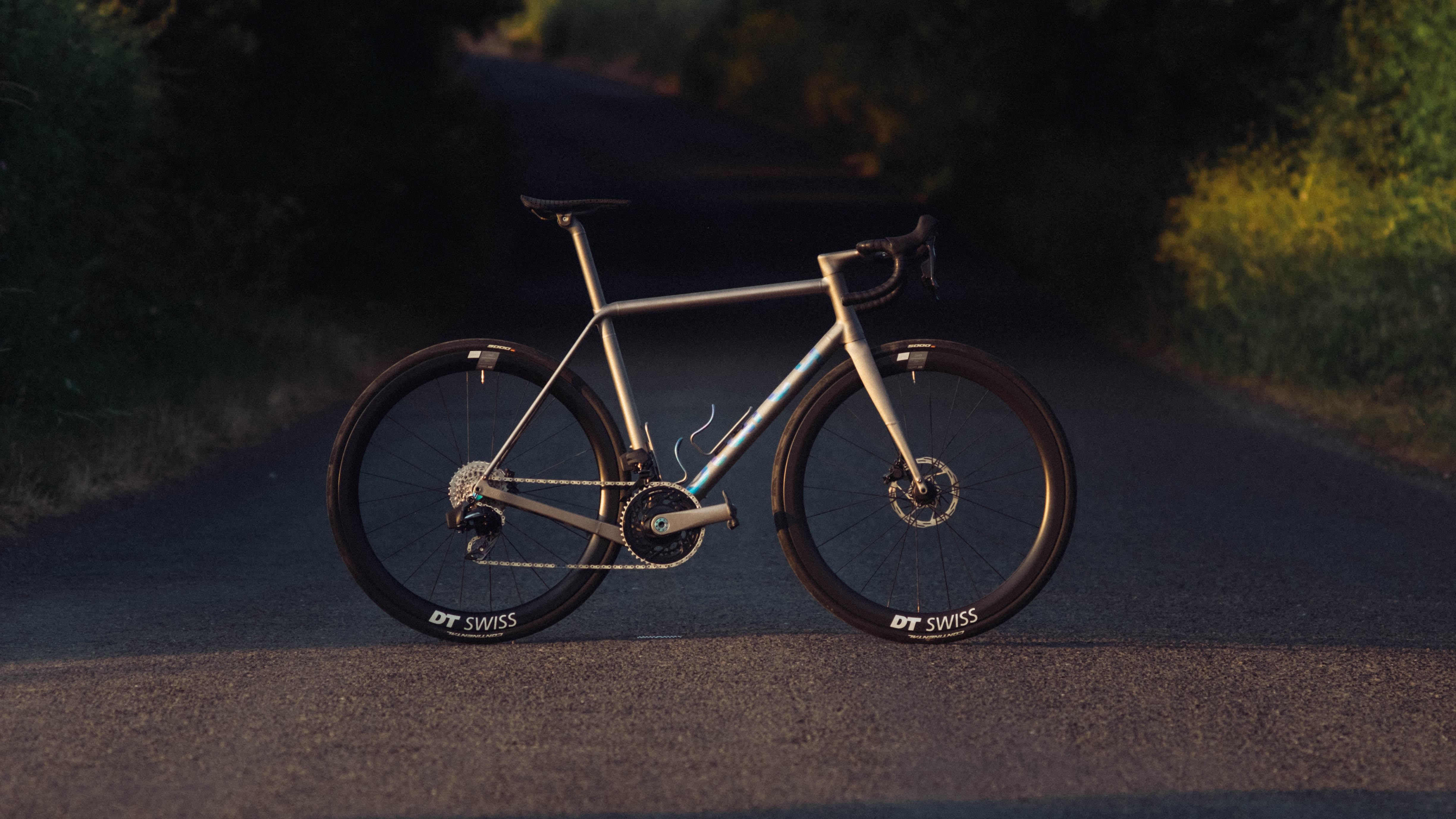
A number of weeks ago I took a couple of days away from the office to go and see Sturdy Cycles, a custom titanium bike business nestled in an old forge in Frome, a little distance from Bath in the southwest of the UK. On the first day I was shown the workshop, and saw a bike become whole from a tray of 3D-printed parts at a pace I could scarcely believe. If you want the full story on that front then check out my behind-the-scenes at Sturdy Cycles piece. The second day though I spent with Tom Sturdy on a completely custom machine in the beautiful Brecon Beacons, or Bannau Brycheiniog to be totally correct.
As reviews go the following are my thoughts from a day in the hills, but it should go without saying that, given the custom nature of the product, it’s hard to be truly representative. I was fortunate that Jack from Sturdy is the same size as me, and so it’s his bike that I was on, but as much as this is a review of a product it’s also going to be a more an experiential piece on my time with what, for the majority of us, will forever remain an unattainable dream bike.
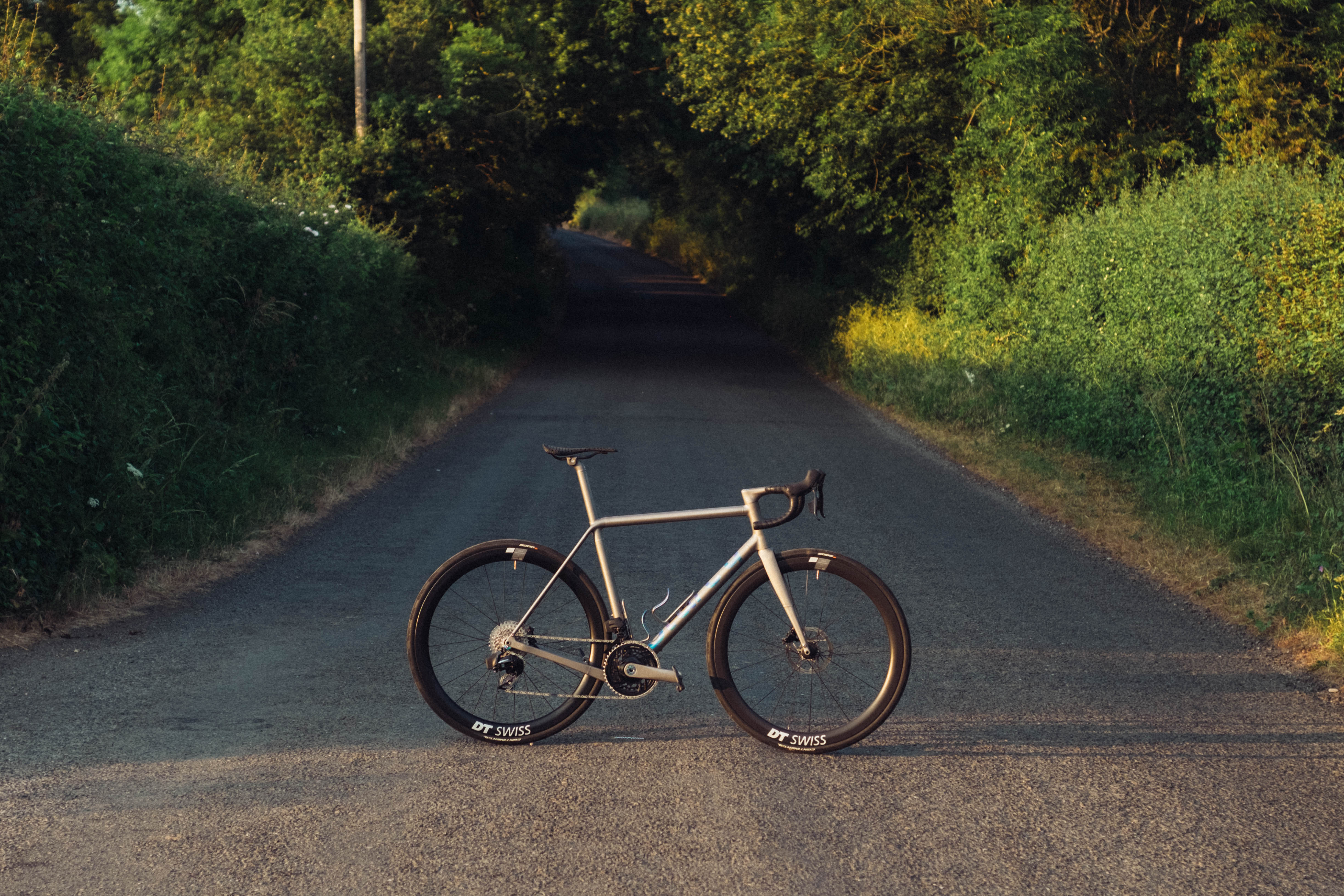
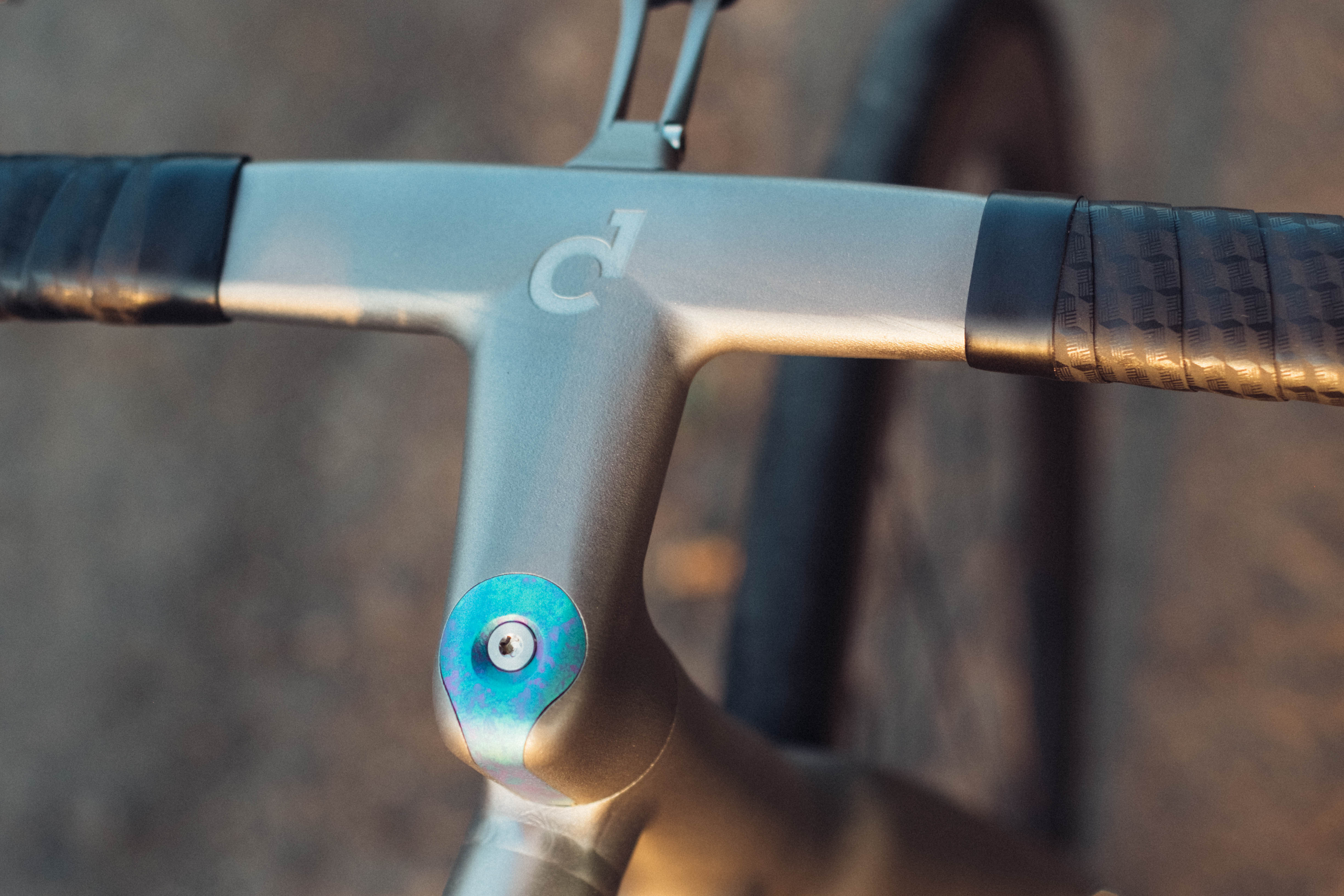
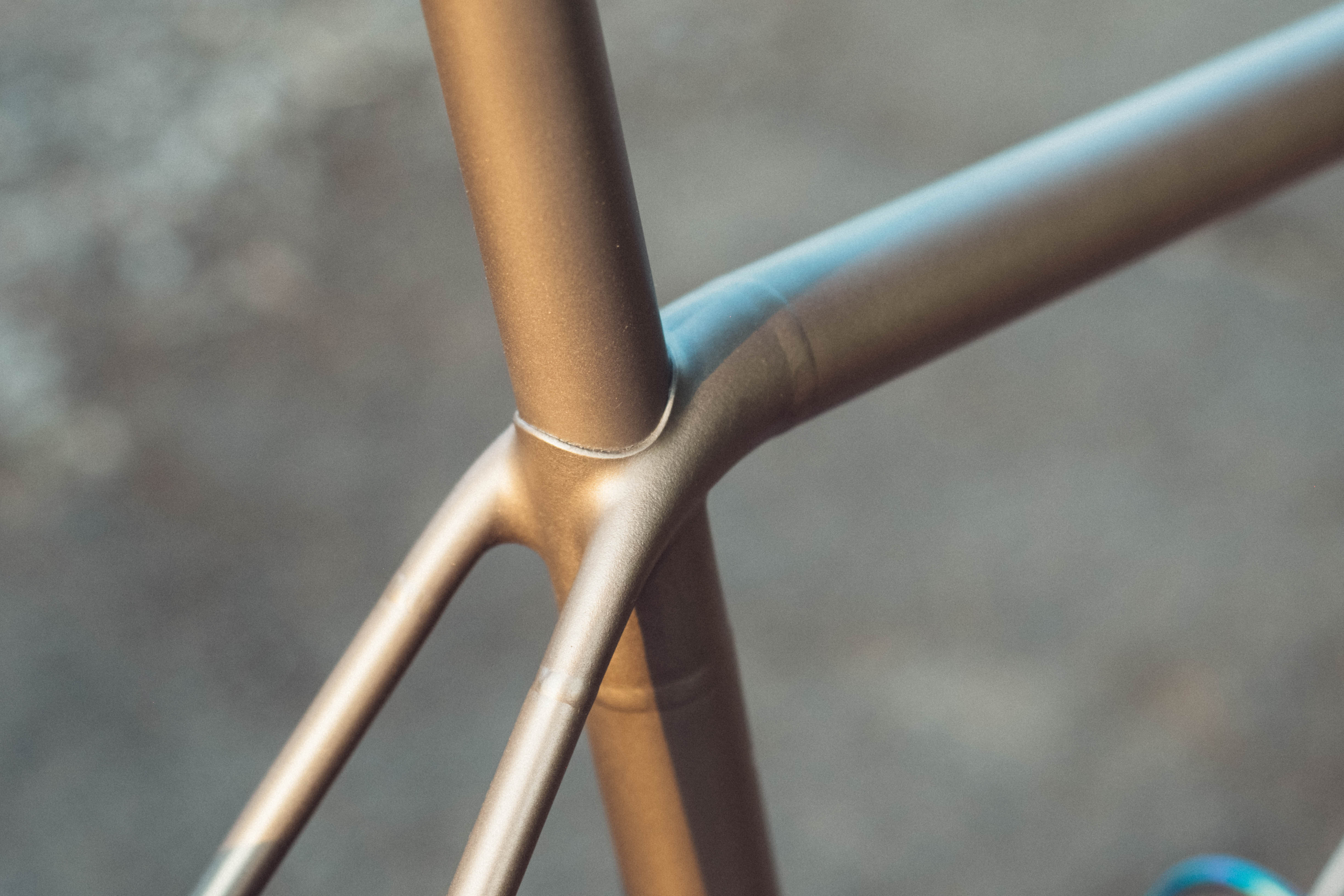
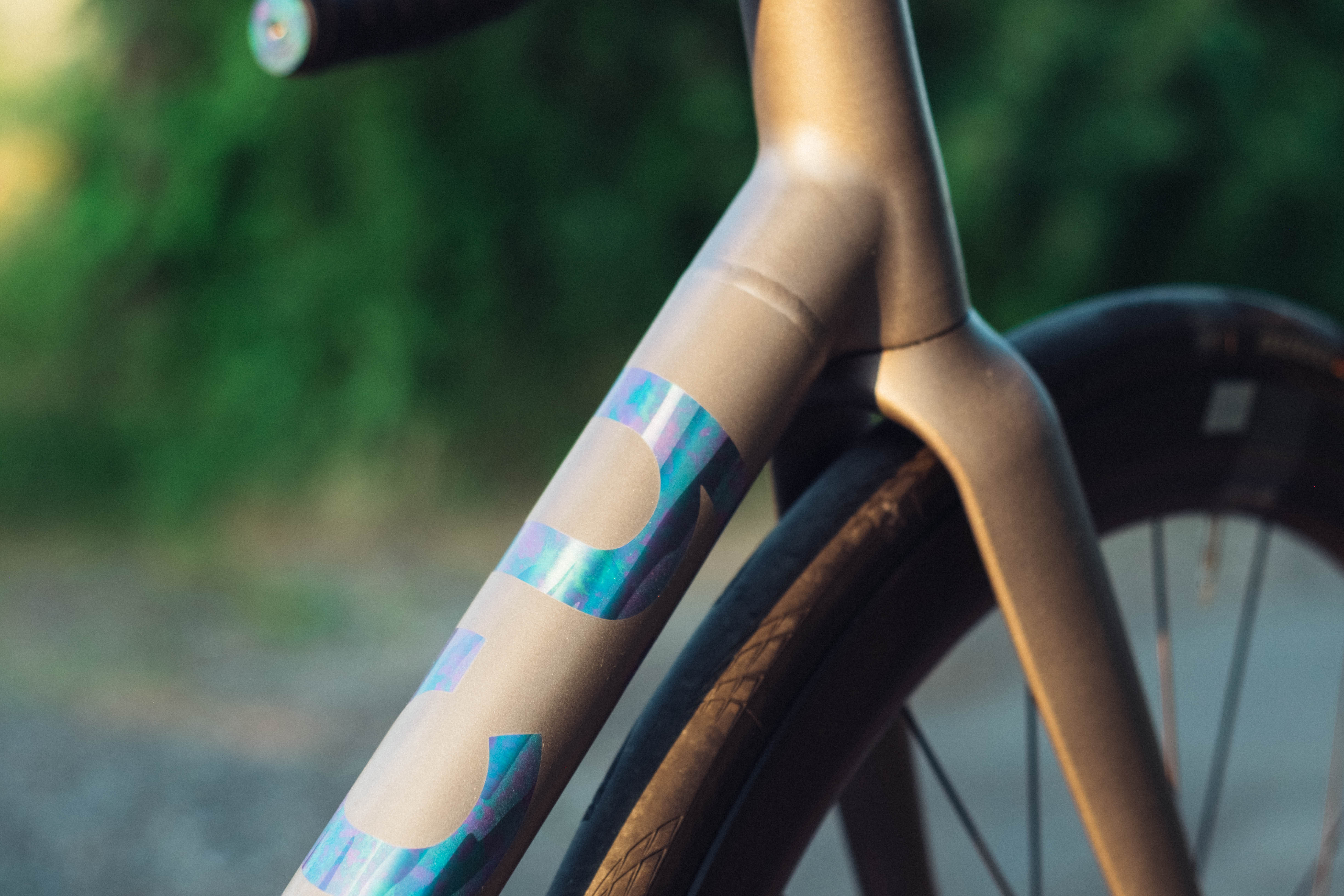
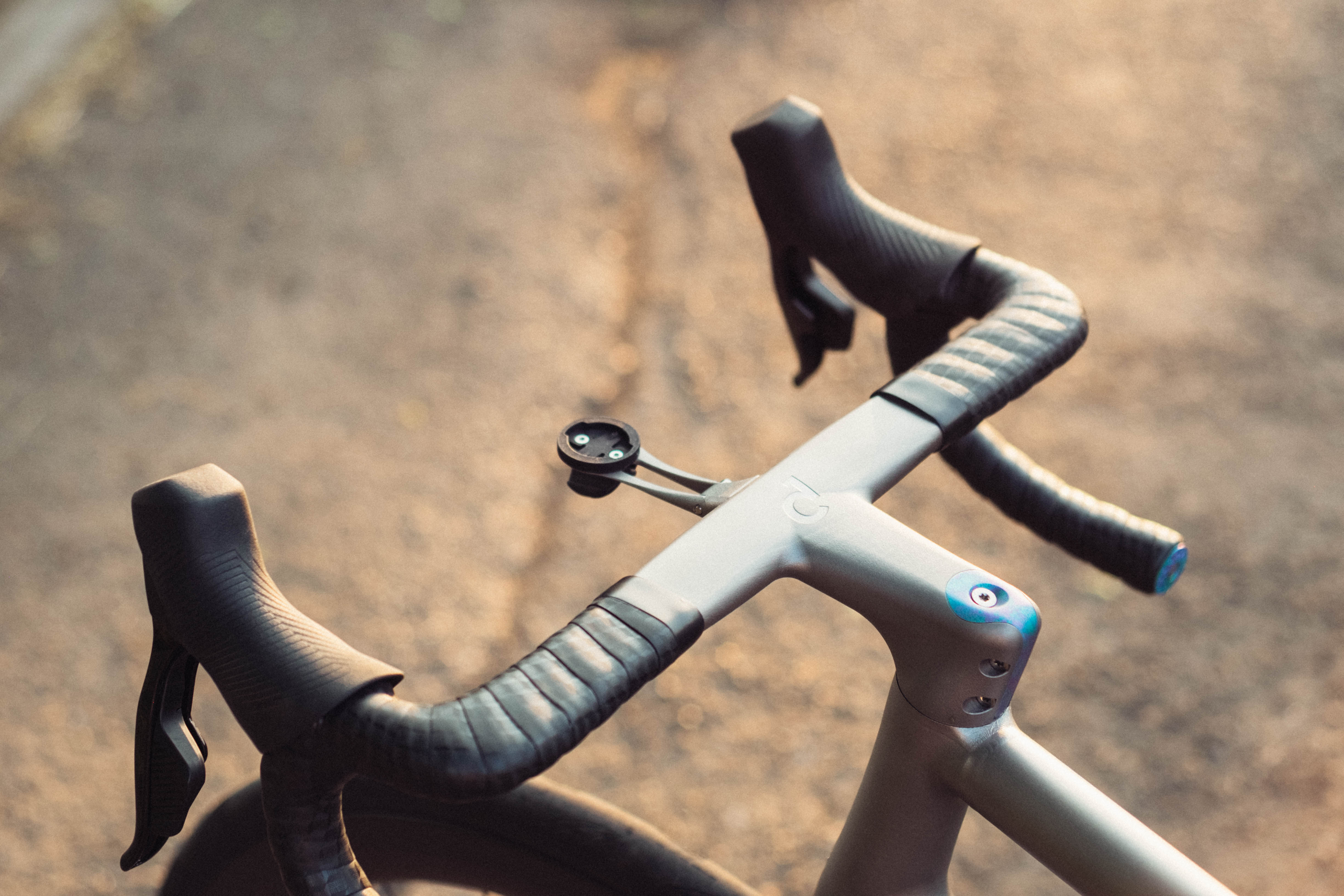
Design and Aesthetics
Custom is not the same as bespoke, it’s worth outlining from the start. Bespoke is like getting a suit made for you from scratch, with every measurement chosen by you. Custom is like taking an off-the-peg suit and tailoring it to fit you. In bike terms ‘custom’ means there are still distinct models, but within each, there is a range of tweaks that can be made to suit the individual rider. I was using the Fiadh (fee-ah) model, the de-facto general purpose road bike, but there are also options for a more aero focussed road bike (the Sidhe), a TT bike that we’ve featured before after it won best in show at Bespoked (the Éimear), a gravel bike (the Cilla) and a hardtail (the Tara). Distinct models, but all with an identical manufacturing process.
For the nitty gritty then head to the workshop piece, but the short version is that a box containing the constituent parts of the majority of an entire bike arrives. The 3D-printed titanium parts are slotted together with cut titanium tubing, tacked, and welded together to make the frame, forks, and bars. Given the nature of 3D printing, tweaking the geometry to suit each customer is relatively simple. It's a tech used by larger manufacturers too, as we've seen when I went behind the scenes at Colnago.
Already having titanium forks and bars is more titanium than most titanium bikes would have; the usual is just to have a Ti frame. More than that though Sturdy employs his material of choice in every possible nook and cranny of a bike. 3D-printed cranks and machined chainrings are an obvious addition, but the deeper you look the more you find in an almost fractal way. Bar ends, seat tube, bottom brackets, crank end caps, thru-axles, computer mounts, bottle cages, jockey wheels, hell even the M5 bolts themselves are custom titanium units and almost universally feature a T25 head so that the bike can be built and adjusted quickly using a single tool.
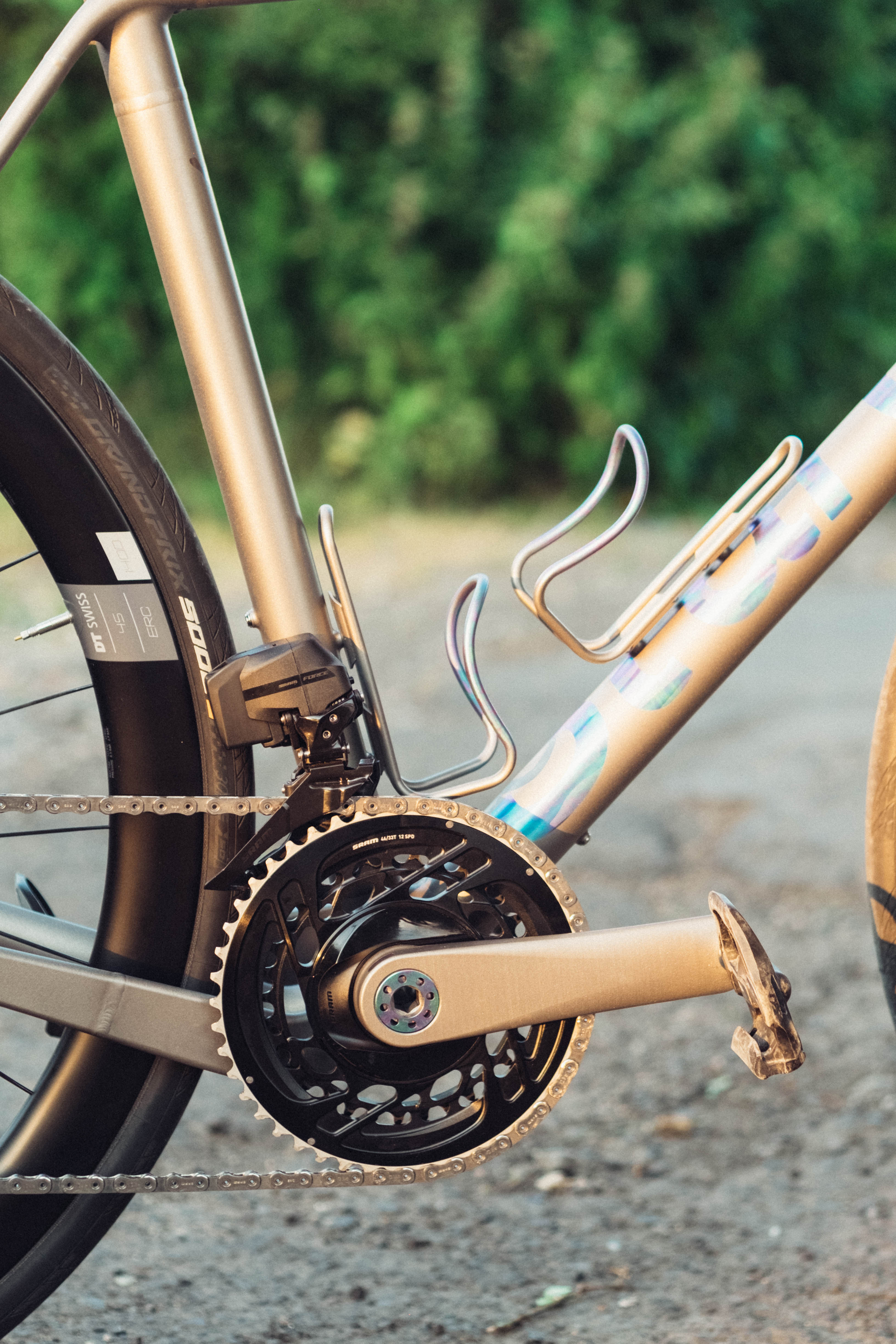
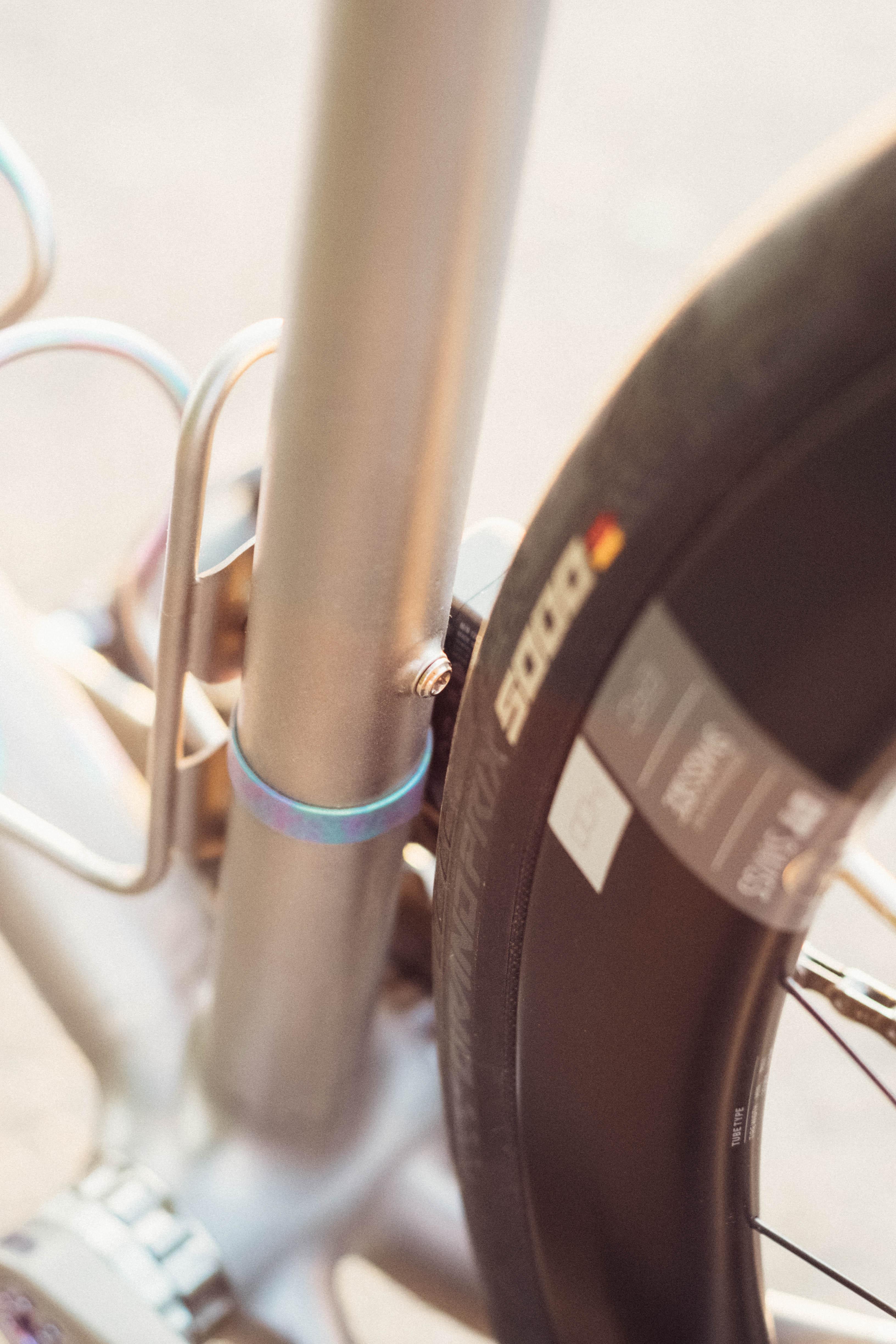
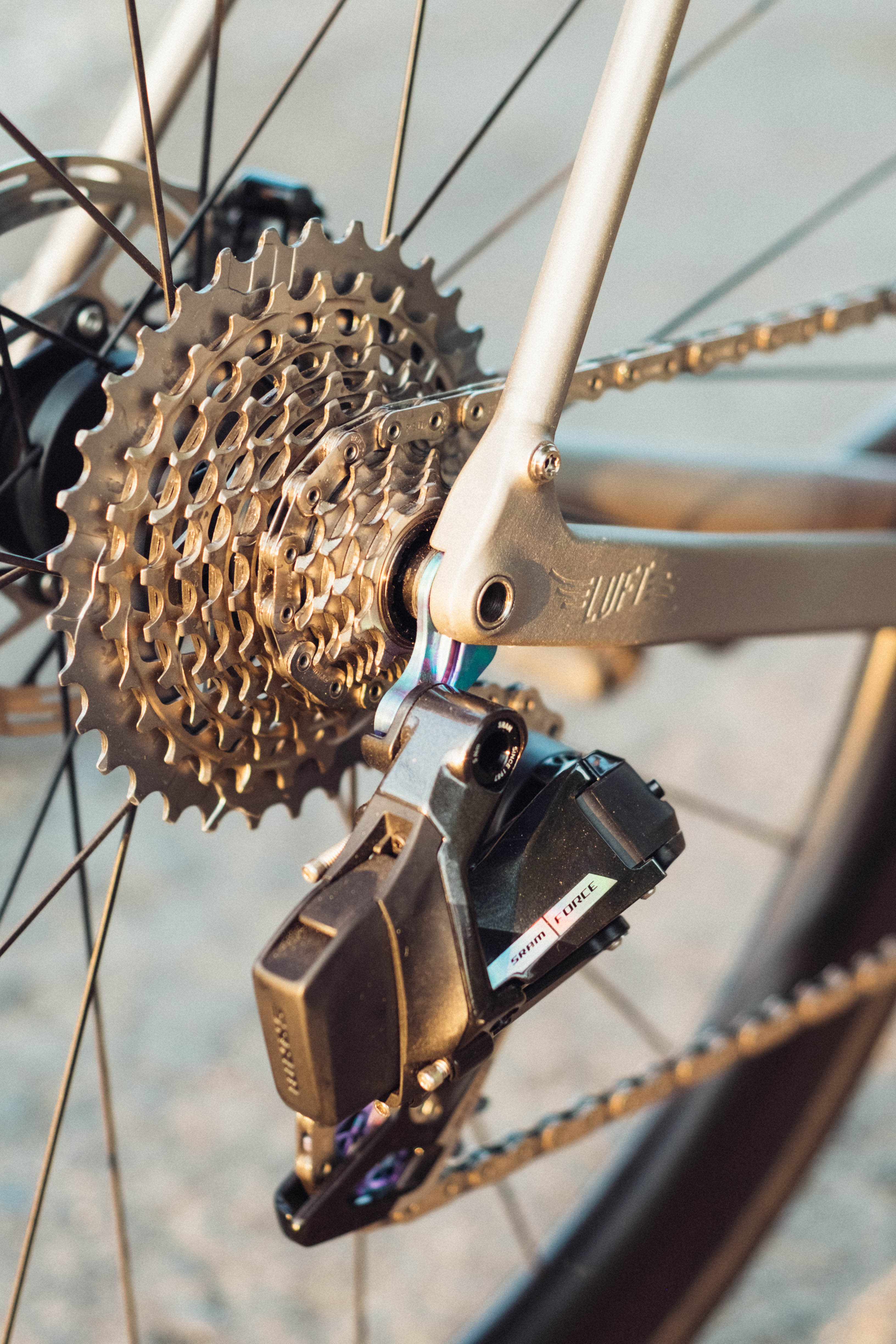
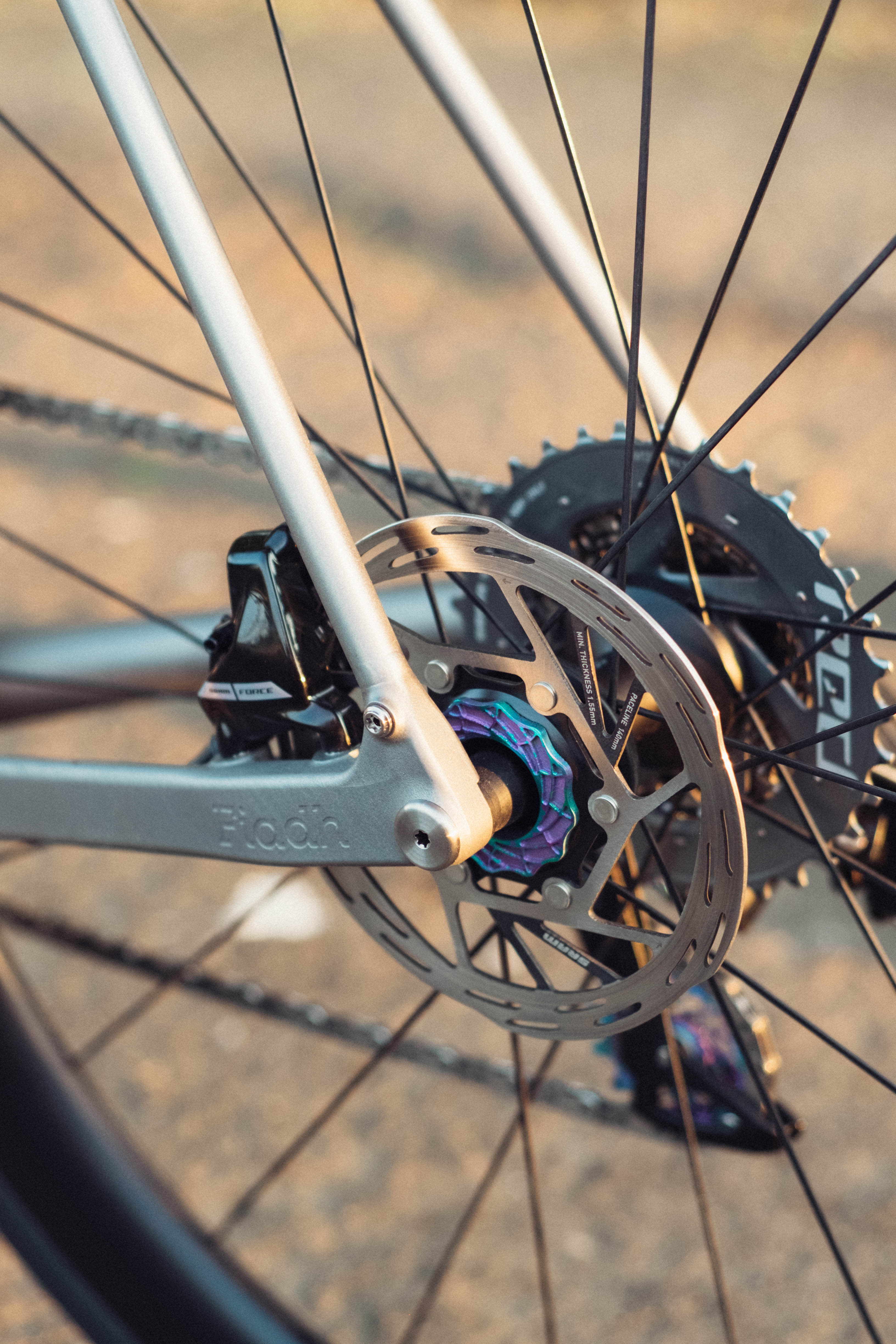
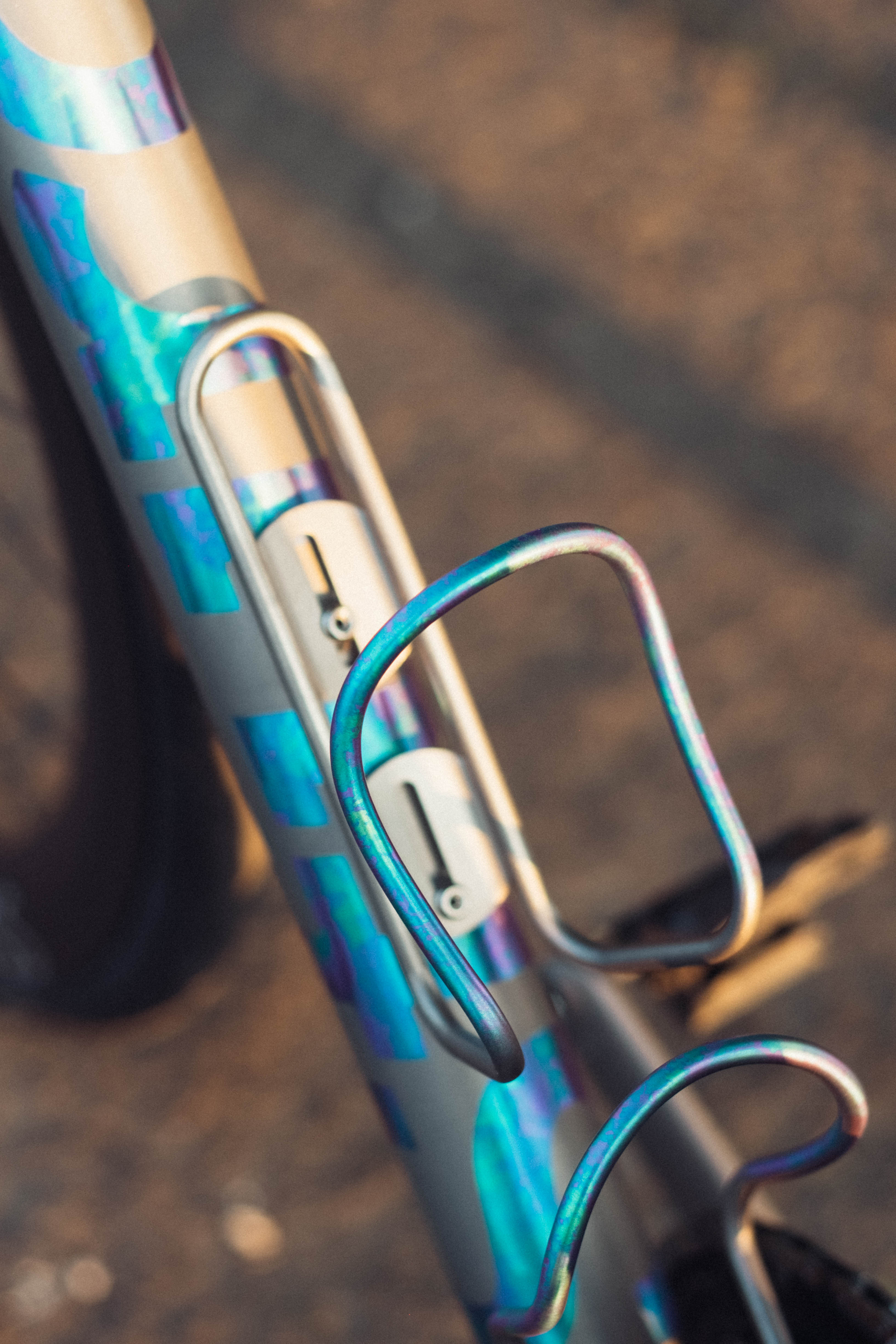
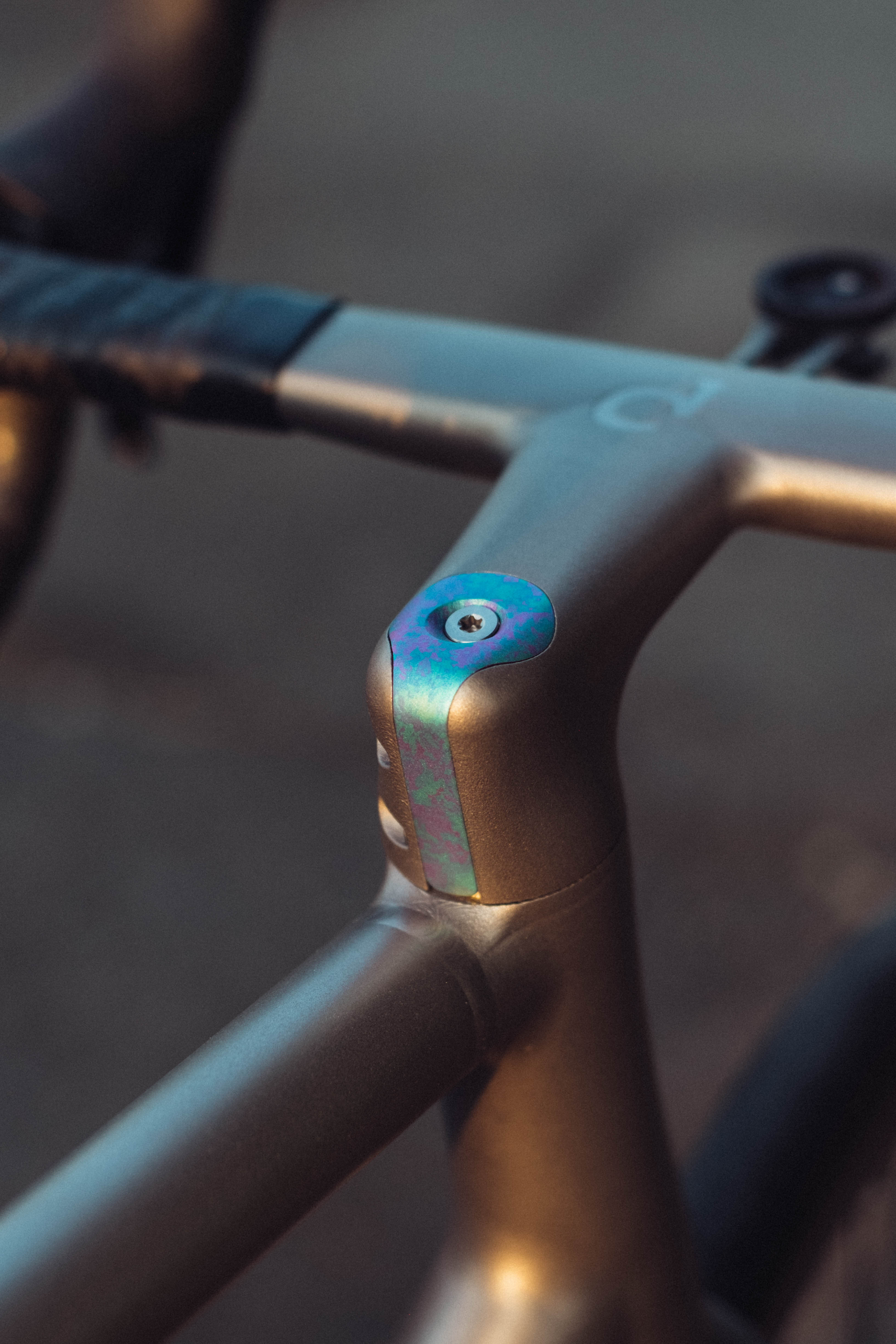
The level of detail that can be found at all scales is simply mind-bending. Each 3D printed part has the future owner's initials printed into the fabric of each part so they are never mixed up, and to suit whatever biomechanical issues may arise more or less any crank length can be created, including different lengths for each leg. For my test bike I rode 162.5mm cranks, a full 10mm shorter than what I'd usually ride, but more on that later.
From an aesthetic point of view, Jack has, fortunately in my eyes, not gone overboard with the anodisation. The all-grey, almost brutalist bulk of the bike is brightened by flashes of mottled blue-purple. The logo on the downtube, the top cap and bar ends, the bottle cages, the jockey wheels, the disc rotor lockrings, the crank end caps, and the derailleur hanger have been treated, but no more. It ties the whole package together, but without it looking overwhelming, and it’s perhaps the most clearly premium bike I've ever seen, let alone ridden.
Another thing to note from an aesthetic point of view is that I think it’s noteworthy that the joins are not smoothed in any way. The welds often sit in unusual places; inbound from the head tube and seat cluster, a notable way along the chain stays, and halfway up the fork blades. You can see how the bike fits together, but it’s not hidden; there’s an honesty to the thing that’s mirrored by the raw, blasted finish that creates a utilitarian aura which is almost jarring against the high-end nature of the product and the finishing.
A Sram Force groupset deals with the drivetrain, sadly without the custom Ti replacement levers that arrived at the workshop the day before, along with DT Swiss ARC1400 wheels shod with Continental GP5000 tyres. All in all, a trick bike, but it is novel to see a bike at this level kitted out with something other than a top-end groupset.
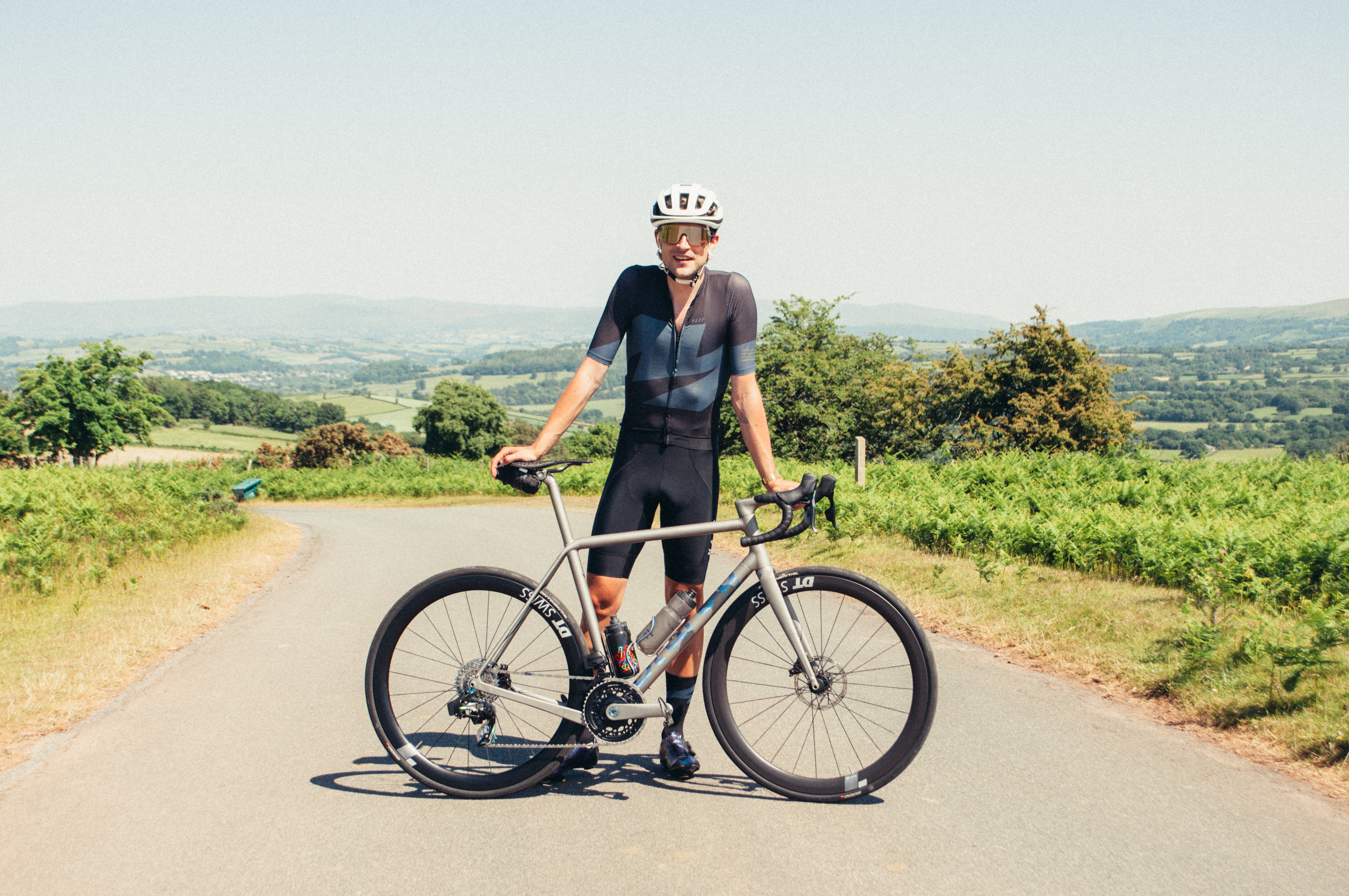
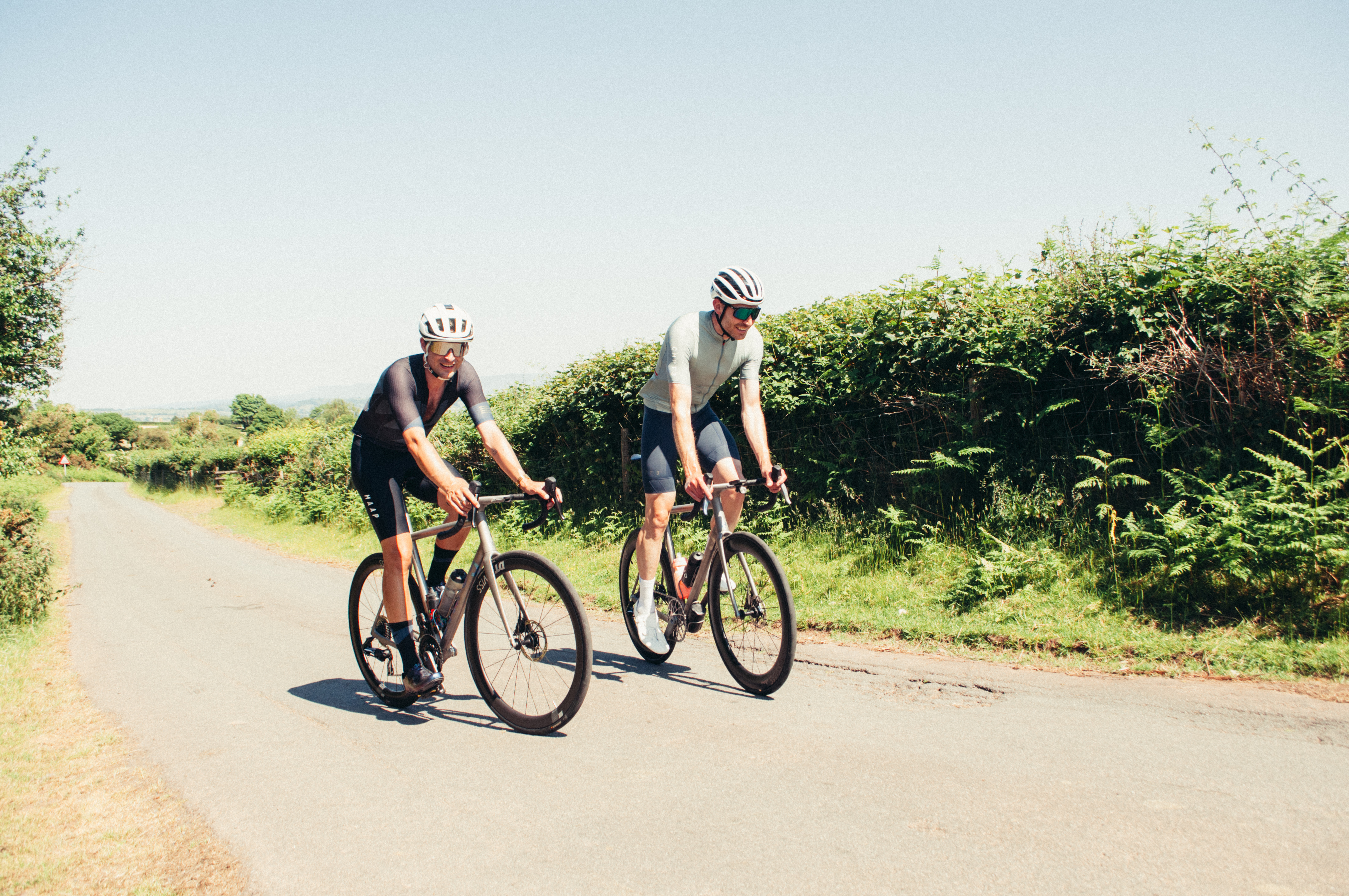
Performance
The thing that I noticed very quickly upon swinging my leg is that, unlike any other bike, the whole machine feels like it’s singing from the same hymn sheet. It’s very subtle, rather than an obvious difference, but having a Ti cockpit, forks, and even cranks along with the frame makes things feel more connected, for want of a better phrase. You get a similar feeling with carbon bikes, what with the frame, forks, and cockpit also being the same material, along with the wheels too, but where there you get a springiness with the equivalent in Ti there is a muted quality. In more abstract terms, for audiophiles and hi-fi enthusiasts, it’s like listening to the same track but with different EQ settings. Carbon feels to me like the treble has been boosted, there’s a slight inherent jitteriness to proceedings, whereas this felt more like the mid-range was amplified. Yes, I know this is getting a little unusual for a bike review, but the differences are small and difficult to pin down.
In terms of geometry, there isn’t anything overly outlandish, it’s not a bike that claims to be progressive or groundbreaking, just a load of parameters that Tom Sturdy has fettled into his own preferences by a series of iterations. Noteworthy above anything is the bottom bracket drop; at 78mm it’s a full 10mm lower than my Fairlight Secan long-term test bike, which is slightly on the high side, but even against something very middle of the road like the Canyon Ultimate it’s 5mm lower still. A 78mm BB drop is noticeably low, and it’s not an area of geometry that’s often played around with as, with standard crank lengths, the risk of a pedal strike increases the lower you go. In this case though, with 162.5mm cranks, the effective pedal height is the same as something with a much higher BB.
This lower BB along with a front end that is more all-road than crit racer created an extremely confident platform, especially when heading downhill. The Brecon Beacons feature one of the best descents in the UK, down from the hilltop Blaenoneu Quarry to Llangunydr. Fast, open hairpins, rough tarmac, high speeds, wind, cattle grids, and perilously sentient sheep. Aside from the BB height the geometry felt, and I mean this in an entirely complimentary way, unremarkable. The front end felt neither twitchy nor lazy, and the back end similarly did nothing to trouble my consciousness. It’s what’s most easily described as ‘sorted’, which is a testament to the countless iterations that have come before to create this bike. The BB though was noticeable, and as you’d expect it feels more like you’re sitting in the bike rather than on the bike. Having spent a great deal of my cycling life riding cyclocross bikes, and then coming from a high BB Fairlight it did feel a little unusual, but it was beautifully stable. Sadly I only got one crack at the descent, but even on a single run, it improved things from a cornering perspective.
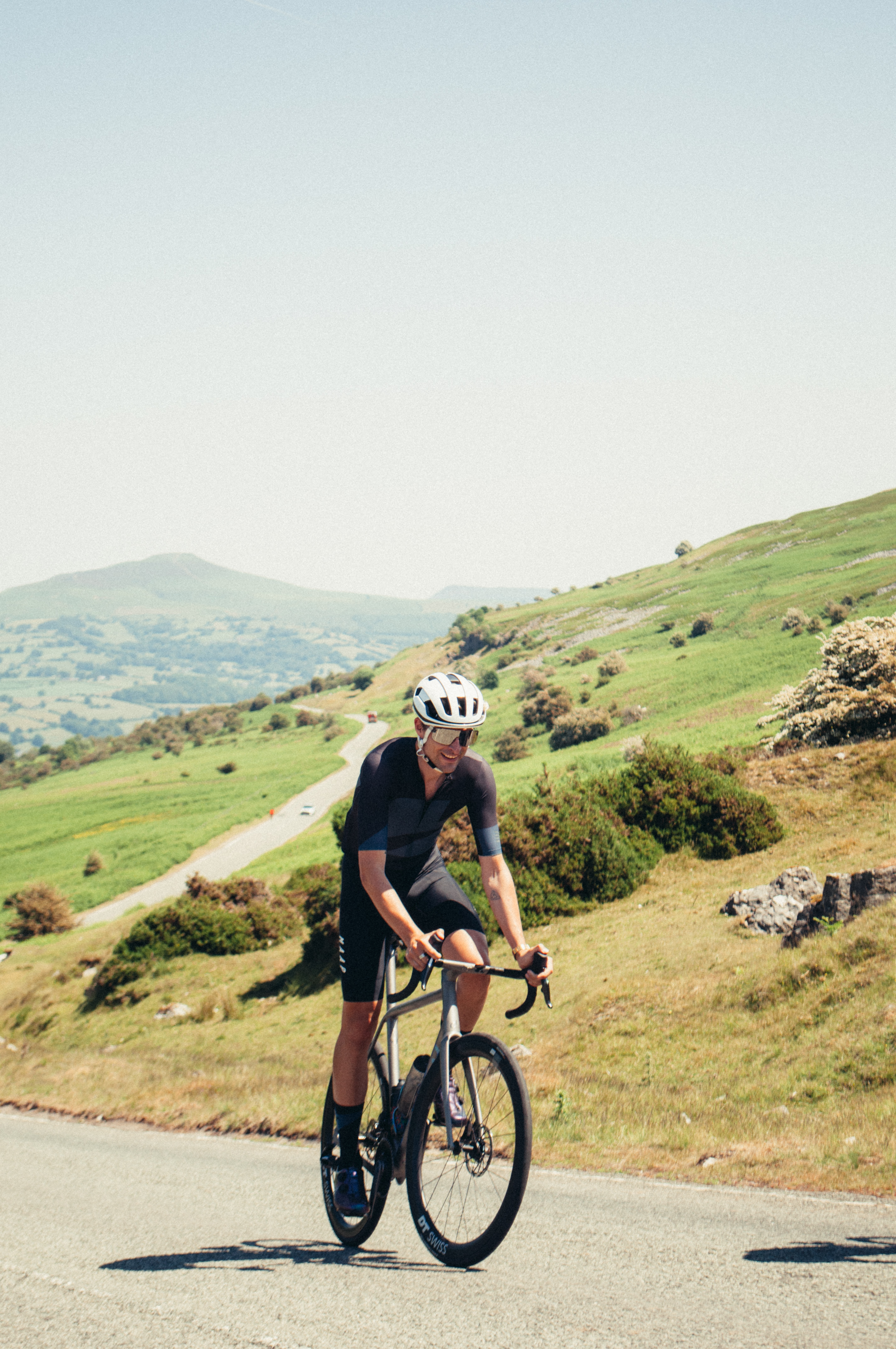
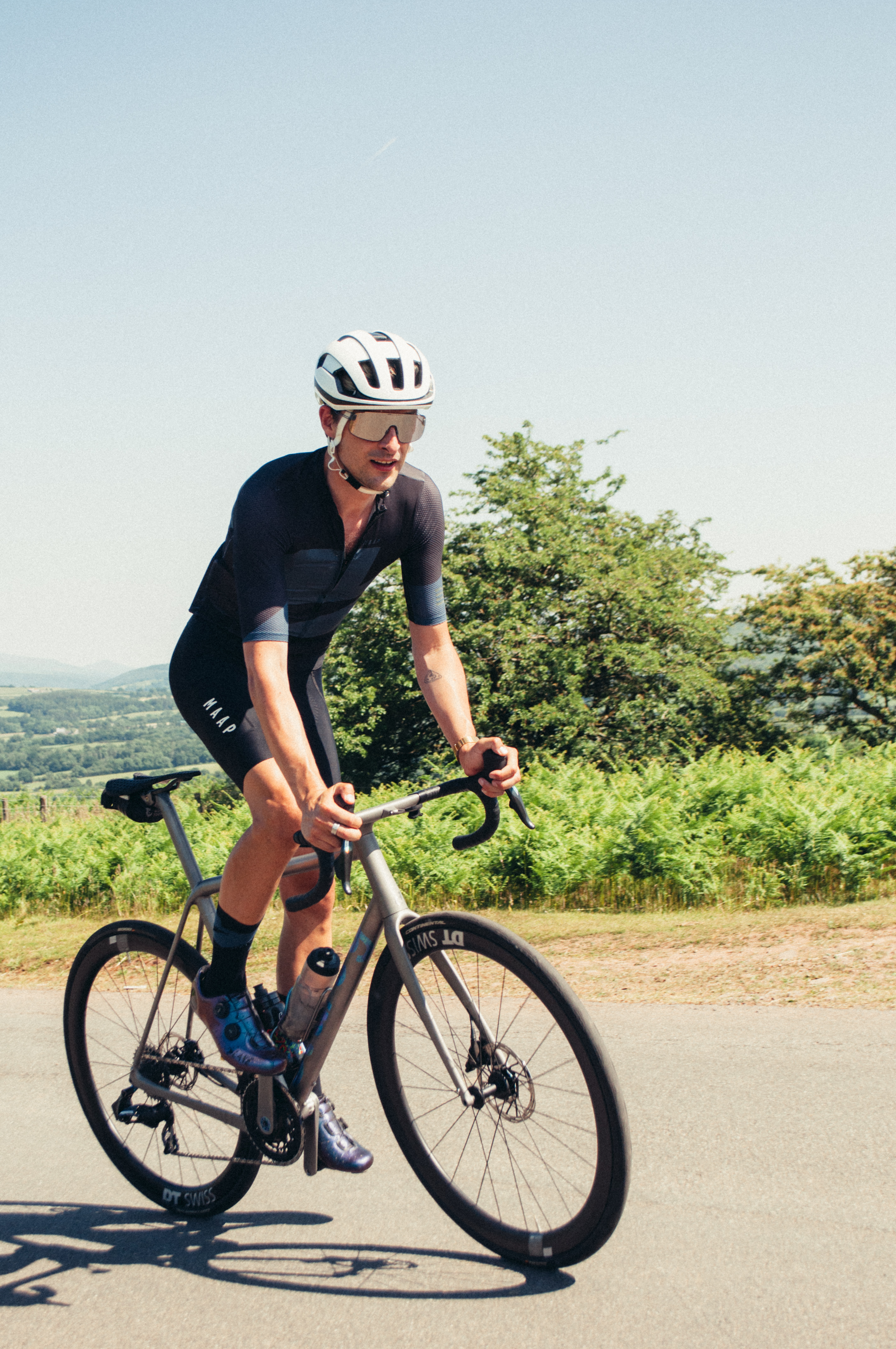
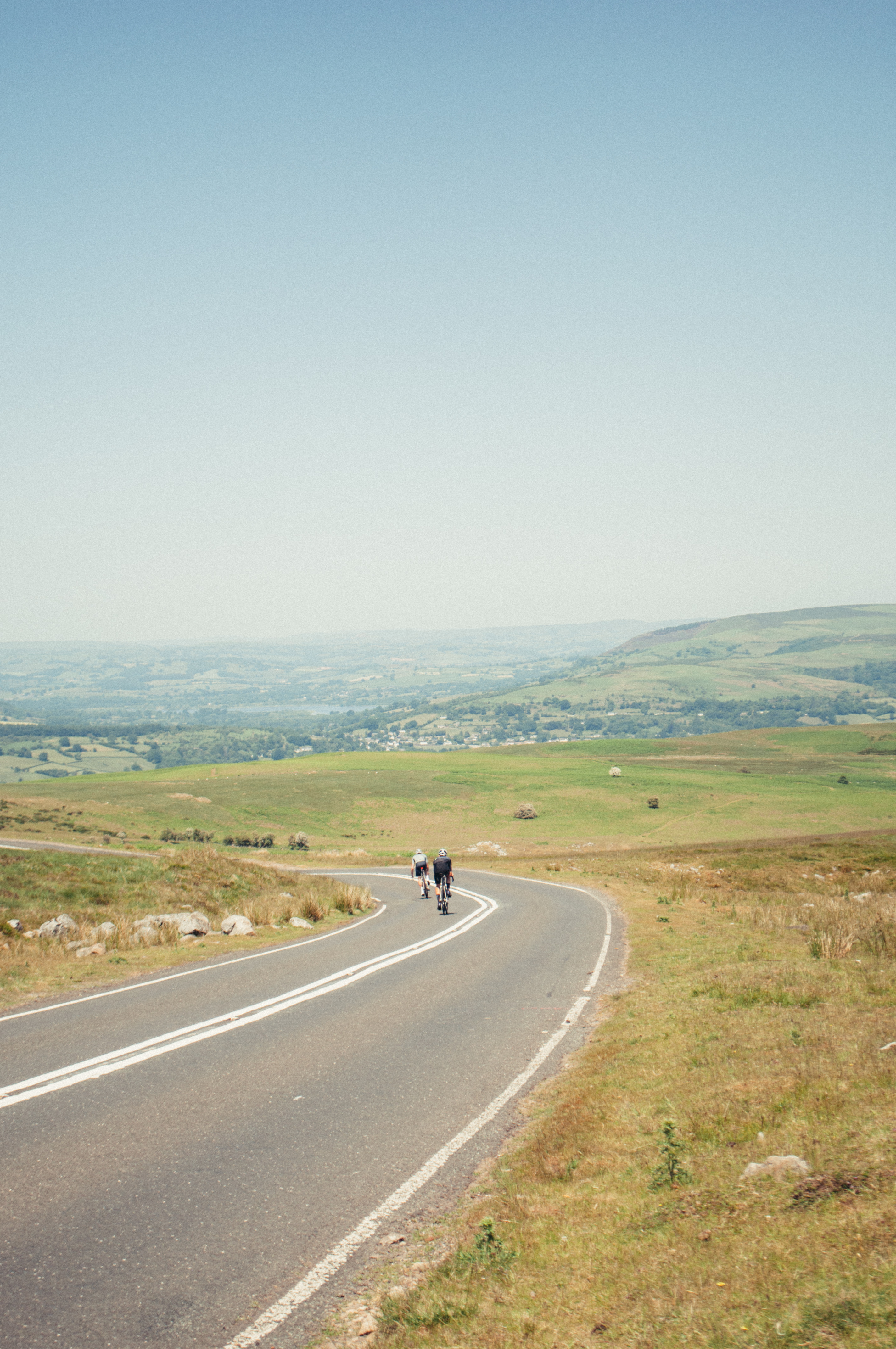
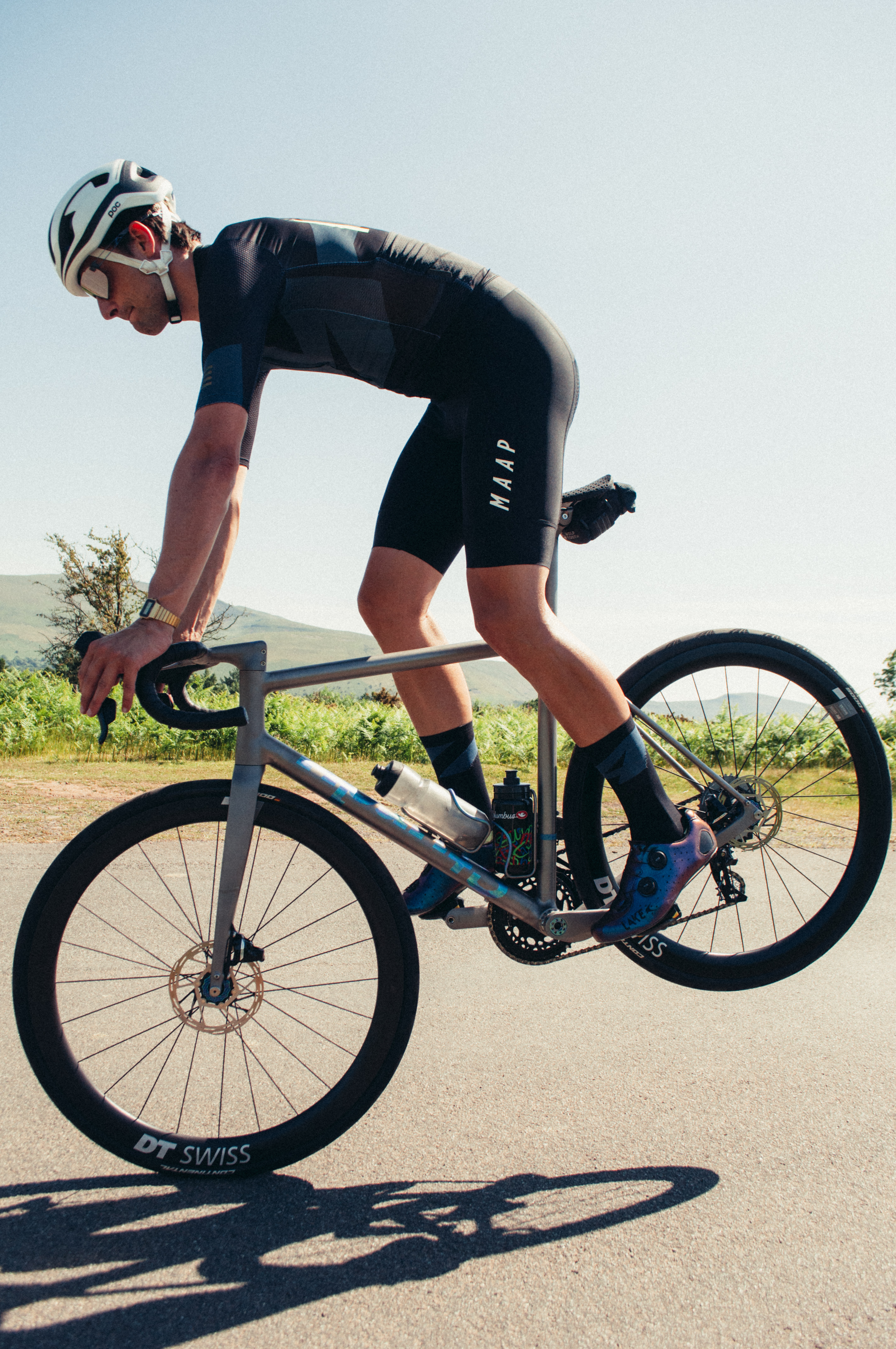
The trade-off, from a certain perspective, is the shorter cranks. I’ve used all three of the usual crank lengths one way or another, but spend most of my time on 172.5mm. 2.5mm increments one way or the other aren't noticeable, but 10mm definitely is… and I loved it. I spend the majority of my time in the saddle and in a relatively aero position. Because I am a maverick who cannot be tamed I even use the ‘puppy paws’ position, spitting in the face of the UCI. Even on steep climbs I try to stay seated and use lower gears to compensate. With these short cranks, my hips felt more comfortable, my knees didn’t limit how low I could get my torso, and I didn’t feel any loss in power. It did feel unusual, and when out of the saddle it doesn’t feel like you have quite so much leverage (because you don’t), but unless you’re spending a lot of time out of the saddle it’s worth the trade. It’s worth remembering though that you can opt for any crank length you like, given the nature of the Sturdy setup.
The bars are the final thing I’d like to touch on from a performance standpoint. The whole bike was a smidge too short for me so the tops did impact my wrists when on the drops, and a bit too wide for my tastes too, but that’s a fit issue that wouldn't happen if it was actually sized for you. The shaping of the drops however was sublime; not the curve geometry, but the shape of the bar as it descends down past the shifters. It’s shaped, rather than round, and a joy to hold. It’s similar actually to the feel of the bars on the Vitus Venon Evo GR that we rated as the best gravel bike for racing in our recent awards.
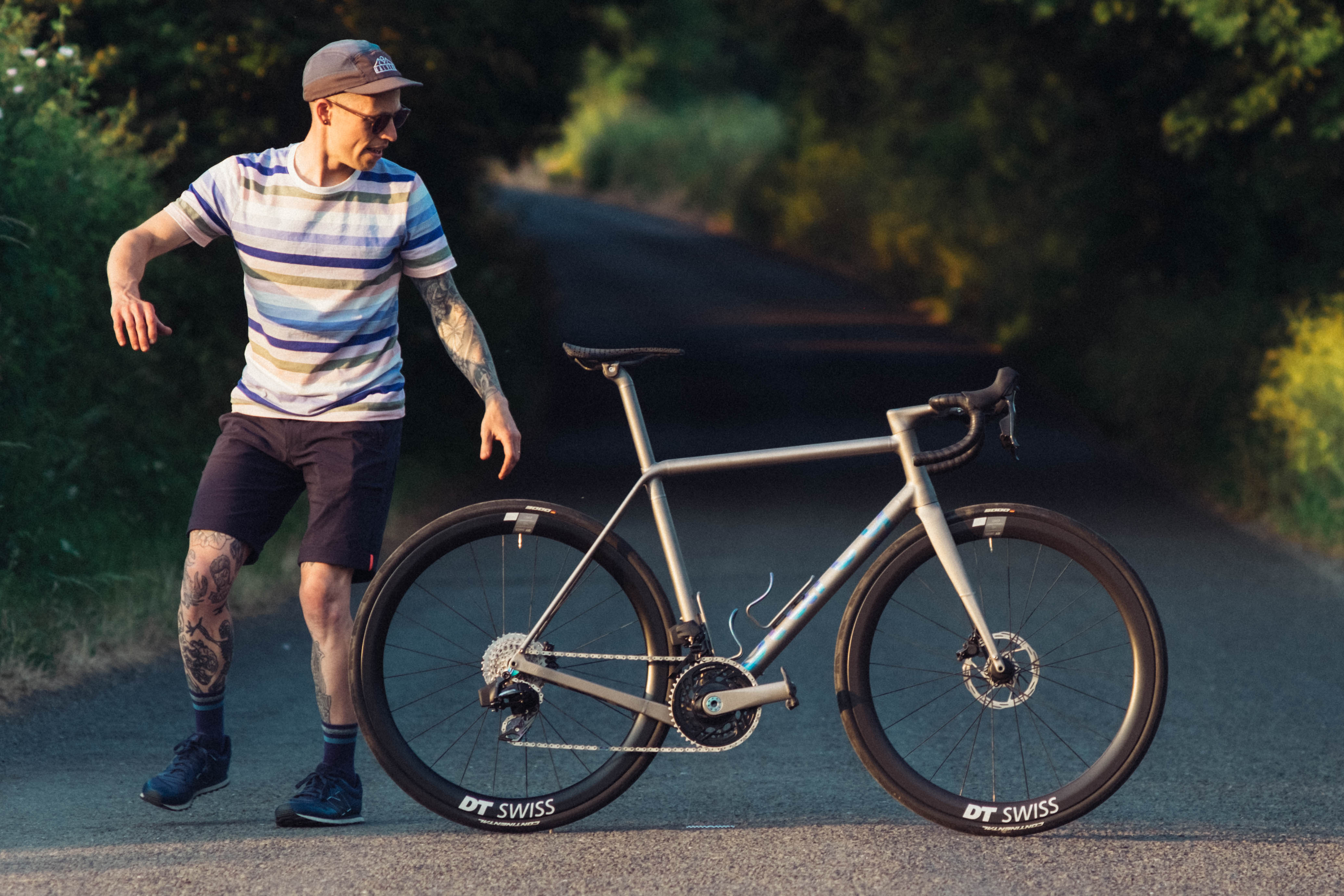
Verdict
Let’s say you’ve got £15k kicking about for a new road bike (I know, right; just check down the back of the sofa…) my thoughts are that unless you want to emulate the pros or you want some absolutely proven, tested performance advantage that comes from a top spec, top end road bike then you should go custom. If you want to pretend you’re Tadej Pogacar you can easily drop that money on a Colnago V4Rs, but you could also get something made for you, adapted for your needs, finished to your specifications, and built up with whatever you want. It’s easy to point to the fact that a bike like this is crazy money but viewed against the backdrop of off-the-peg bikes it actually offers quite a dazzling value package.
And then you view it through the narrower lens of custom bikes in general, and nothing really offers what this bike does. First up you’ve got to narrow the scope down to titanium for one thing, which knocks most custom options off the table. Moots will do custom, but it’s not baked into the process as it is here, and you’re still limited to the standard finishing kits. Here you get everything, and while the ride and feel of the bike are certainly excellent, a lot of the magic of the experience was tied up in marvelling at the bike simply as an object. The conception is marvellous, the execution flawless, and while the ride isn’t mind-blowing against similarly priced machines, it’s beautifully capable, comfortable, and has a feeling of quality and a ‘togetherness’ that is unmatched.
The aesthetics, the oddly positioned welds, and the anodising may not be to your tastes, but they are certainly distinct. The ride experience will in time just become normal for you, but I doubt you’ll ever stop having people coming up and asking you about your bike if you do end up with one of these in your garage.







